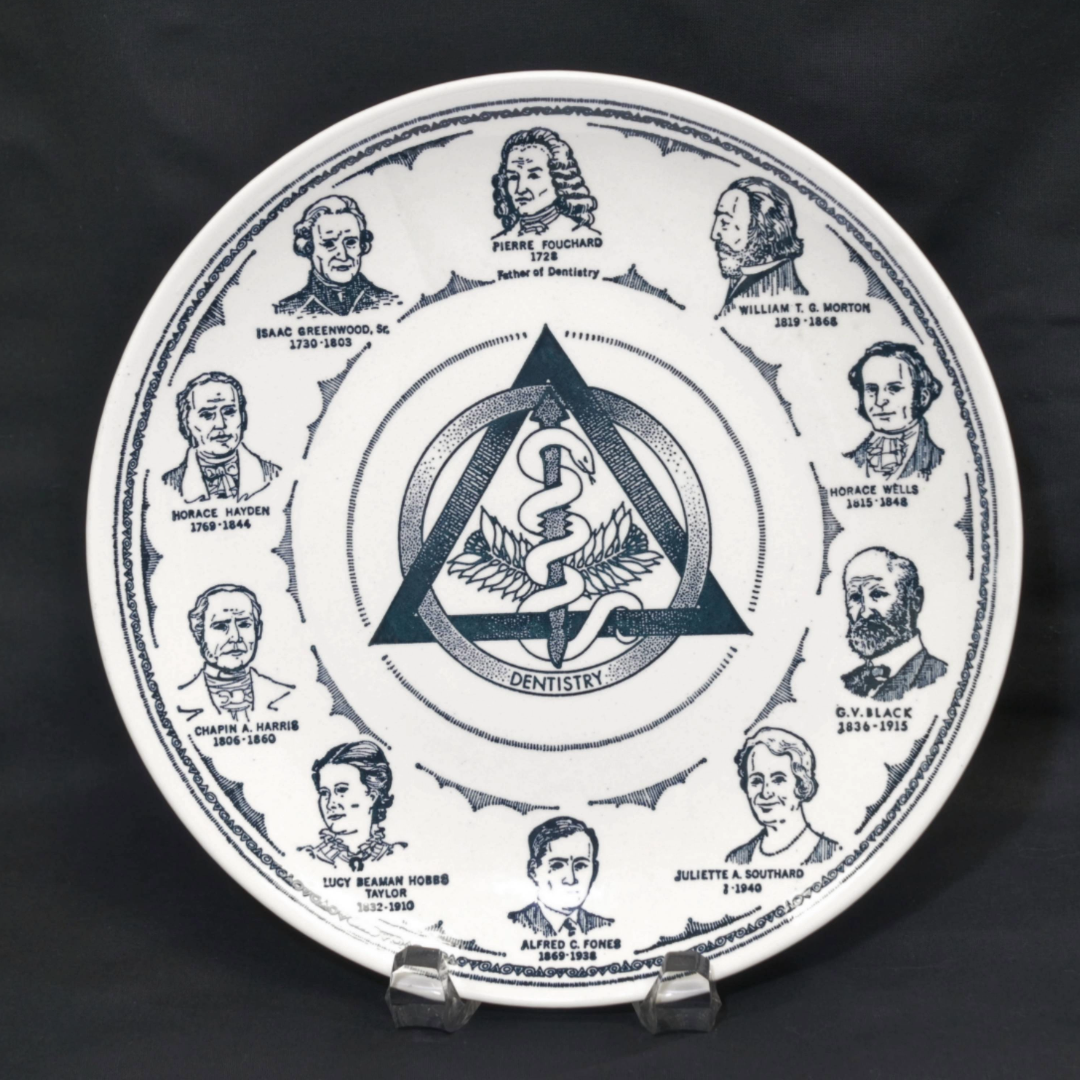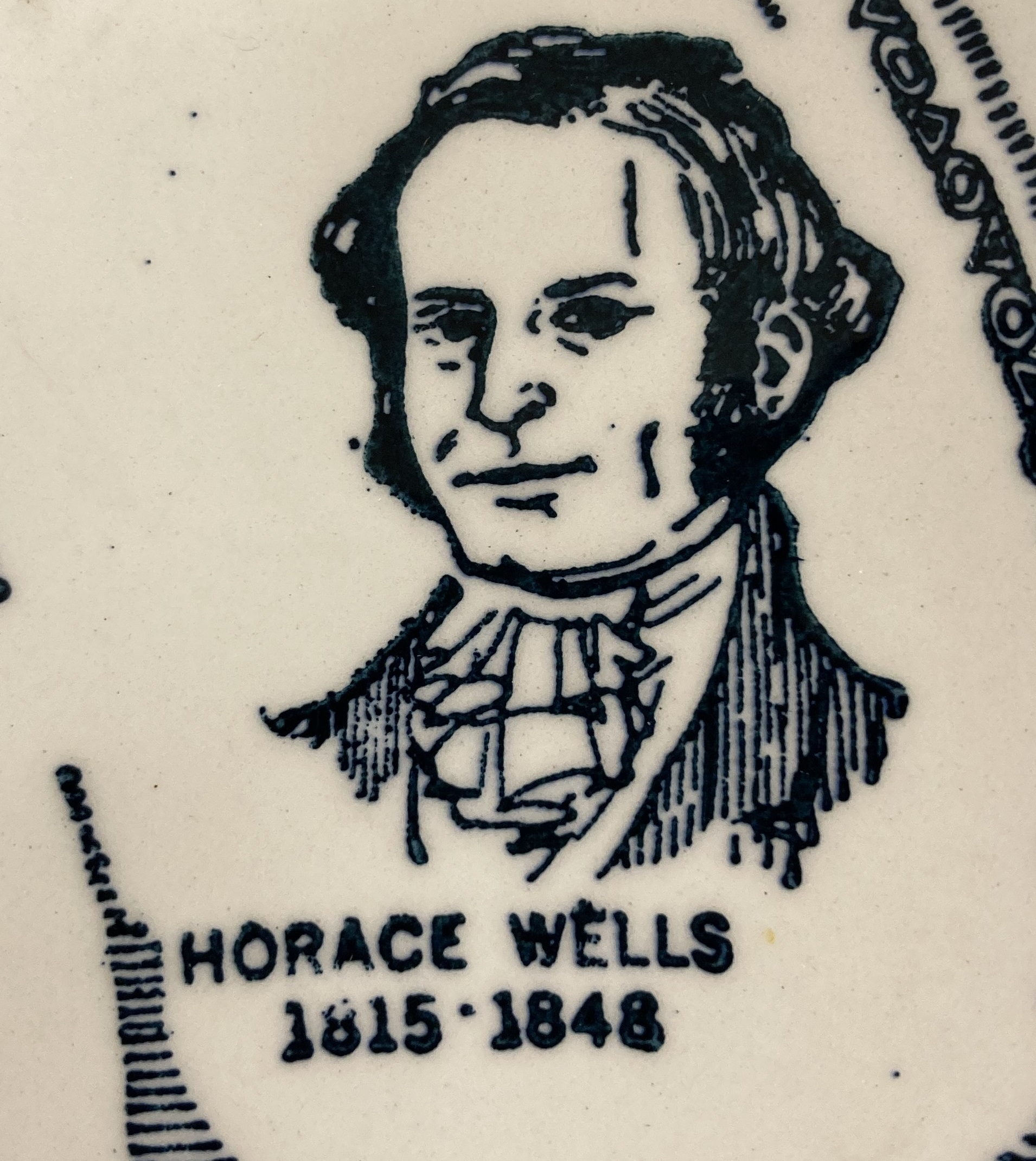“We remember numbers who went to the Mexican war with sound and beautiful teeth, and returned within a year or two with most of them destroyed, and in some cases entirely so, and almost all much diseased.”
Taft, Johnathan, The Influence of Camp Life Upon the Teeth in The Dental Register of the West, v. 15, 1861.


Prior to the Mexican American War (1846-1848), the world’s first dental college, the Baltimore College of Dental Surgery (BCDS) was established, along with the first national professional society and national journal.
Although dentistry was growing in reputation, and more trained dental surgeons existed, little had changed in terms of dentistry in the military since the War of 1812, with the Army’s medical department still being responsible for treating any dental related issues.
Anesthesia was the newest innovation in surgical care, with nitrous oxide and sulphuric ether being discovered by Horace Wells in 1844 and William T.G. Morton in 1846 respectively. Most military surgeons, however, did not trust the new discoveries, and anesthesia was left generally unused on the battlefield until the Civil War.




